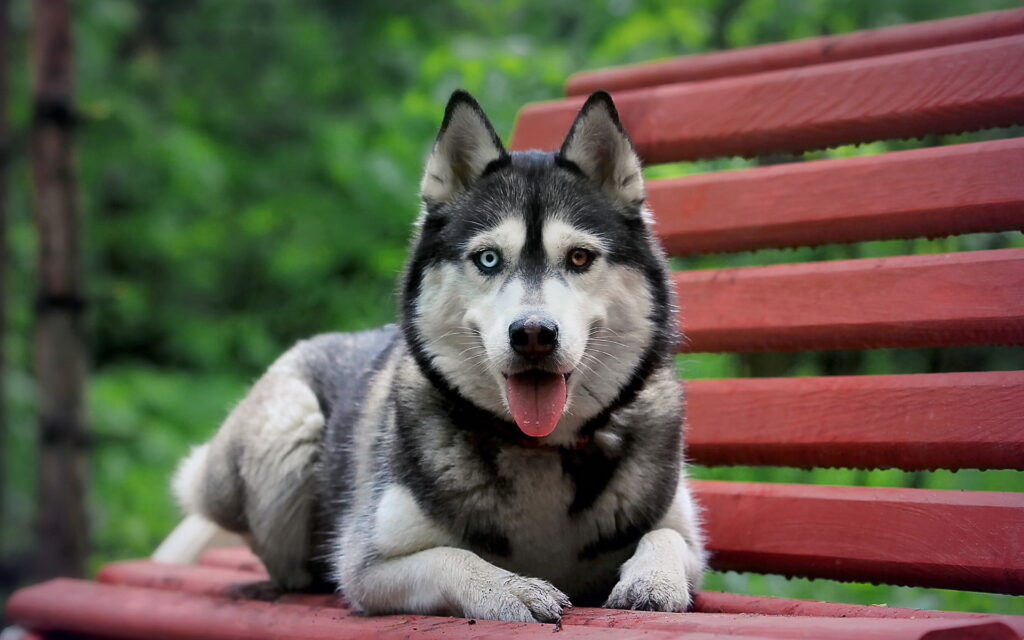Whether you’ve rescued your dog from a shelter or purchased a puppy, the care you provide for them will affect their health and quality of life.
It’s important to remember that your dog needs food, water, shelter, and exercise. However, they also need mental stimulation and nurturing to thrive and live long happy lives.

Feeding
A dog’s food is one of the most important aspects of taking care of your pet. A healthy diet can help your dog stay active and healthy and prevent obesity and illness.
The type of food your dog needs will depend on a variety of factors, including their age, breed, and lifestyle. Your veterinarian can help you figure out what type of food is best for your dog and your lifestyle.
Your vet may also suggest specific supplements for your dog to help with health conditions such as allergies or a disease like cancer. These supplements can include foods that contain specific nutrients your dog is missing from their regular diet, such as fish oil or vitamin B.
It is also recommended to include a range of fruits and vegetables in your dog’s diet, as these are full of vitamins, minerals, and other nutrients that are essential for your dog’s health. Vegetables, such as carrots and peas, are especially high in vitamins C and K, which can aid the immune system.
Vegetables, such as broccoli and cauliflower, are rich in vitamins A and E, which can promote skin and coat health. They are also full of fiber, which helps keep your dog’s digestive tract healthy and reduces the risk of gas, bloating, and diarrhea.
Fruits, such as apples, bananas, and strawberries, are excellent sources of vitamin C. These can help boost your dog’s immune system and help fight infections, such as cold sores.
Legumes are also great sources of protein and can be a good substitute for meat in your dog’s diet. They can also be a great source of antioxidants, which can help fight cancer and heart disease.
Chicken is another high-quality source of protein that can be a good addition to your dog’s diet. It is also a rich source of omega-3 fatty acids and vitamin B, which are essential for your dog’s immune health and overall well-being.
Training
A dog needs a lot of love and affection to thrive. That’s why it’s important to spend quality time with them and play with them regularly. It also means making sure you give them plenty of training.
If you are trying to teach your dog a new command, make sure you are consistent in how you communicate with them. This includes using the same word and intonation when you ask them to do something, as well as keeping their verbal cues short and uncomplicated.
Whenever you are working with your dog, you should always end each session on a positive note, so they know that they will be rewarded for doing well. This will set the tone for future sessions and help your dog learn that training is a fun and exciting activity.
When your dog is young, it’s crucial to establish a schedule for when you’re going to take them out to potty. This will ensure that they don’t get overexcited or start urinating or defecating in the wrong spot when you are not around to watch them closely.
You’ll want to take your pup out first thing in the morning, just before they eat their meals, anytime you come home, and just before bedtime. Puppies are more susceptible to getting overexcited and need to have a toilet break every hour, so you must keep your pet on a leash when they go outside.
Once your puppy is trained to go potty on a leash, you can start teaching them to use the outdoor bathroom in a designated area. This will allow you to monitor them more closely and allow them to practice before they have to go on their own.
Your dog’s paws are also sensitive to the weather, so it’s a good idea to keep them moisturized during the winter with pad moisturizers. This will reduce the risk of them developing cracked paws and discomfort.
The best way to train your dog is to use positive reinforcement when they are doing the right thing and negative punishment for unwanted behavior. This will encourage your dog to do the right thing over and over again.

Health
Taking care of your dog’s health is essential to their well-being. Providing them with the right nutrition, preventive veterinary care, health monitoring, grooming, a place to call their own, and plenty of exercises will help them thrive in a happy, healthy way.
Make sure your dog is always well-fed and has access to clean, fresh water. This will keep them hydrated and reduce their risk of getting sick from dehydration and other illnesses caused by a lack of water intake.
Feeding your dog a nutritious, high-quality diet will also help to improve their overall health and prevent serious conditions such as obesity, diabetes, arthritis, and cancer. Choose a food that is made by a company with a strong reputation for high-quality ingredients and has been developed to meet the nutritional needs of your pet.
You should also consult your vet about any changes you want to make to your diet or medications. This is essential to your dog’s health, as any incorrect changes could lead to problems such as digestive upset or diarrhea, which can be very dangerous for their well-being.
The amount of exercise your dog needs will vary depending on their age, health, and overall level of energy. Younger, more energetic breeds will need more exercise than older, less active dogs.
Regular walks will help your dog burn off excess energy and get their blood flowing. Alternatively, you can engage in a variety of other activities with your dog, such as going to the park, playing fetch or agility games, and climbing stairs or a rope ladder together.
When walking your dog, always keep them on a leash so they don’t run off. This is especially important in areas with high traffic or in busy parks where your dog might get lost.
In addition, be sure to give your dog regular breaks from exercise so that they don’t become overexerted and suffer from behavioral problems such as chewing, digging, or excessive barking. If this is occurring in your home, it may be necessary to seek out an experienced dog walker or arrange some out-of-home care for your pet while you’re at work.
Exercise
A dog’s daily exercise is a key component of their health care. It helps them relieve stress and anxiety, strengthen their bond with their owners, keep their joints healthy, and provide mental stimulation, among other benefits.
A well-exercised dog is less likely to engage in unwanted behaviors, such as chewing furniture or digging up floors. And it can even help reduce boredom, which is often a contributing factor to problem behaviors.
For the best results, start a dog’s exercise regimen at an early age. Puppies should be supervised and only begin strenuous exercises when their bodies are ready. Then, they can build up the distances, speeds, and frequency of their activity until they’re ready to run, play, or take long walks.
If you’re not sure how much exercise your dog needs, consult with their veterinarian for guidance. They’ll be able to give you recommendations and tips for a safe, effective workout that’s right for them.
When exercising with a dog, be sure to find something that’s fun and challenging for you both. Whether you walk your dog in the park, do circuit training, or play fetch, it should be something you both enjoy.
It’s also important to be mindful of the weather, especially during the hot summer and winter months. In the summer, avoid exercising in the hottest parts of the day; in the winter, consider short, moderate hikes and take water with you.
The most common type of exercise for dogs is walking. Typically, you’ll want to work up the distance and speed slowly until your dog can go for longer periods without needing to rest or slow down.
Running, skating, and cycling are also good ways to get some exercise with your dog. Just be sure to watch for signs that your dog is getting too tired or strained: heavy panting, wheezing, limping, or slowing down. It’s also a good idea to incorporate some agility into your routine, as it can help improve your dog’s balance and coordination. Just be careful to use the proper equipment for jumping and not to do jumps higher than your dog’s elbow level.

